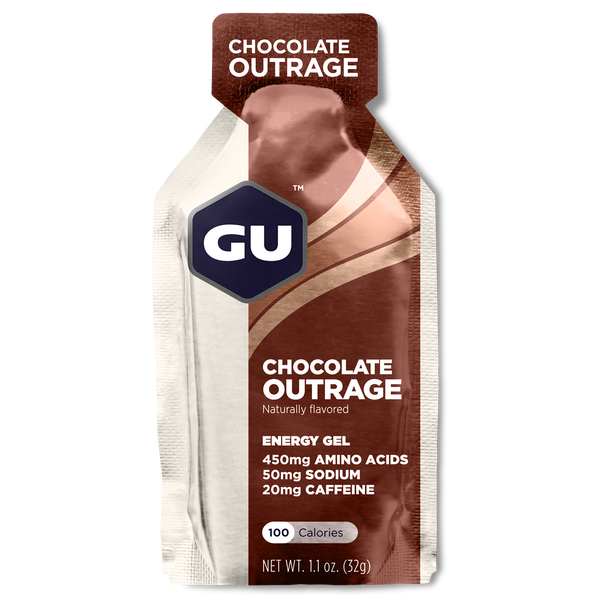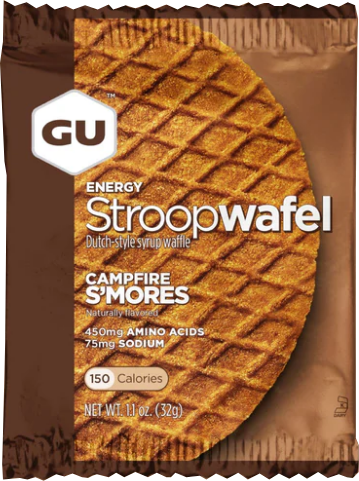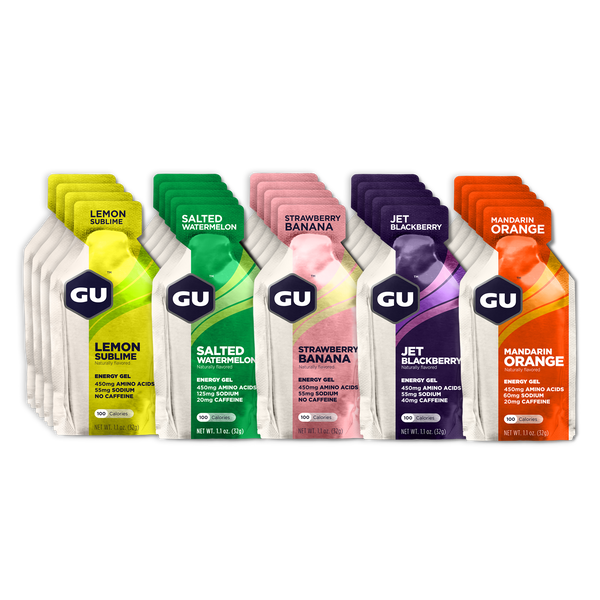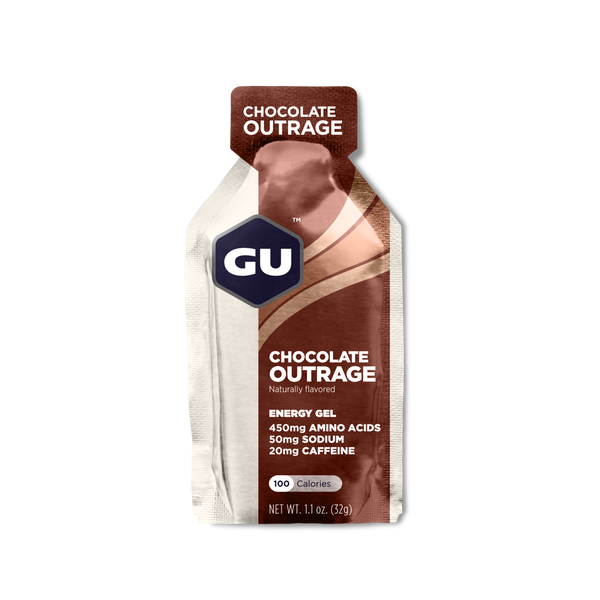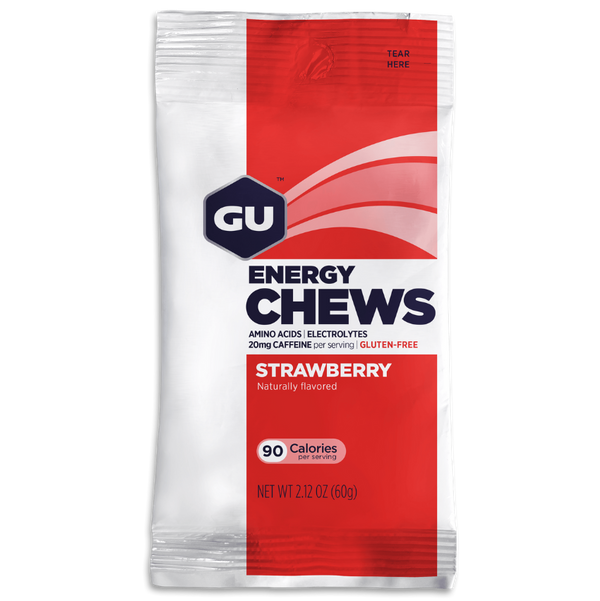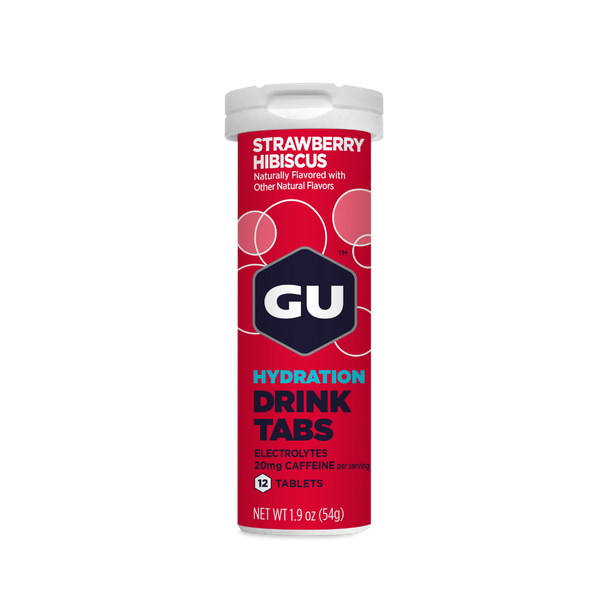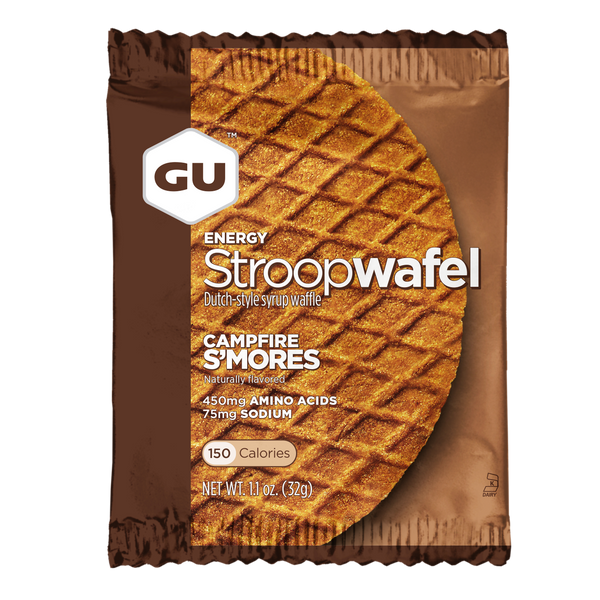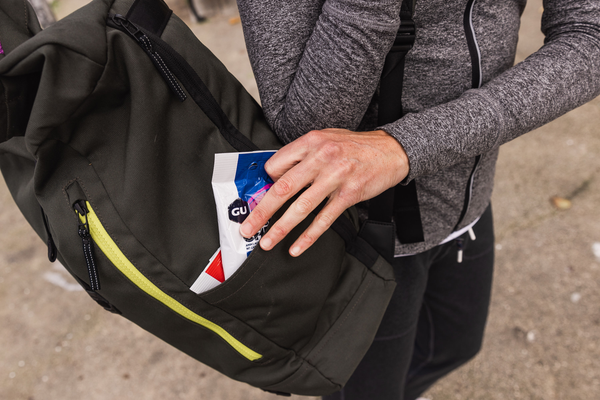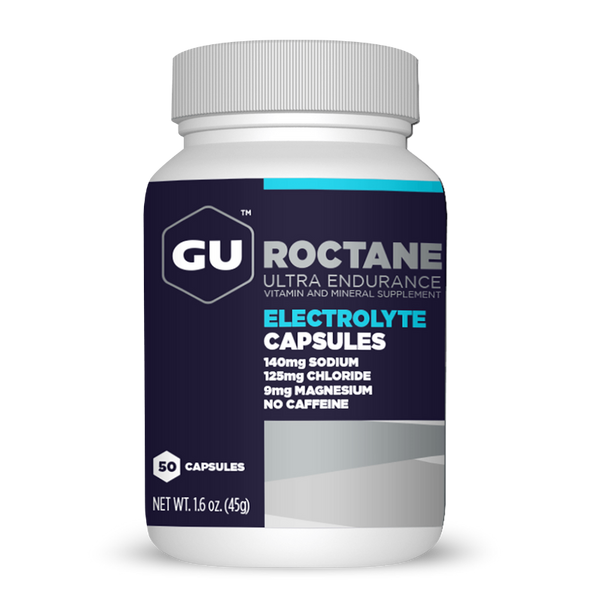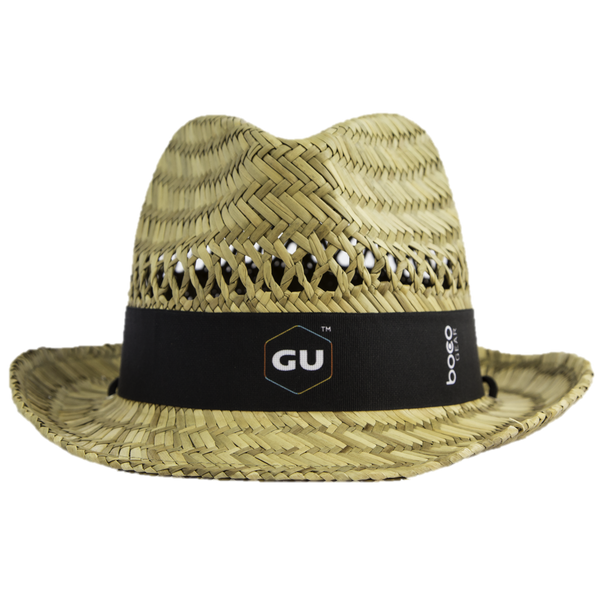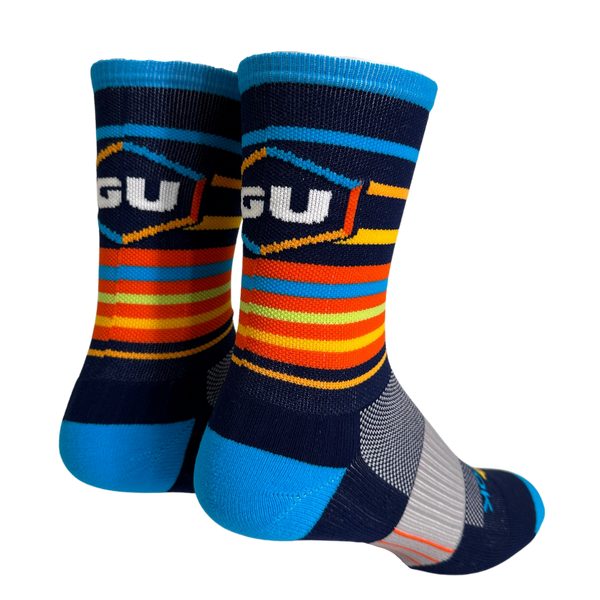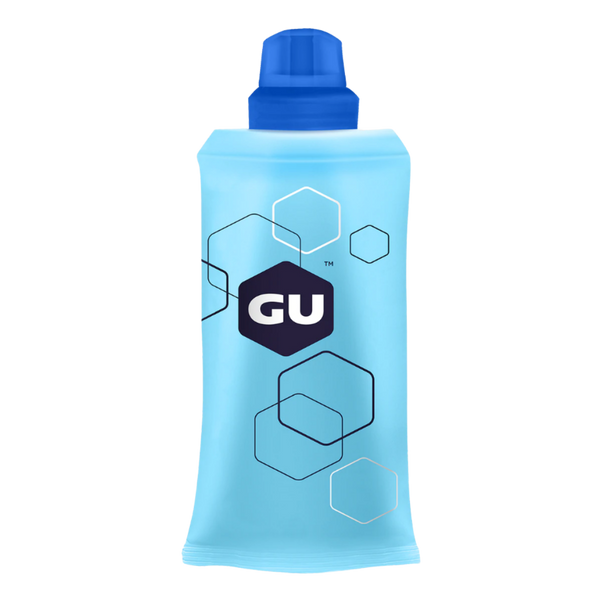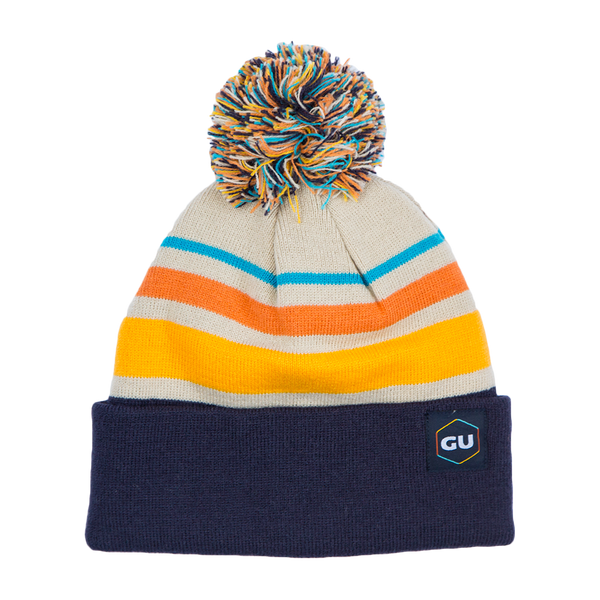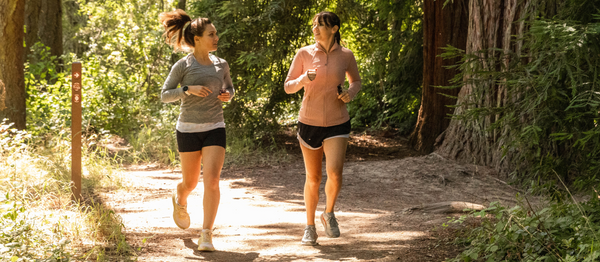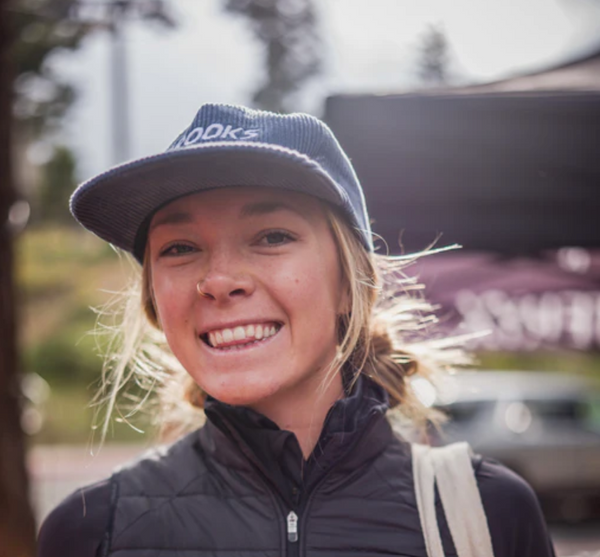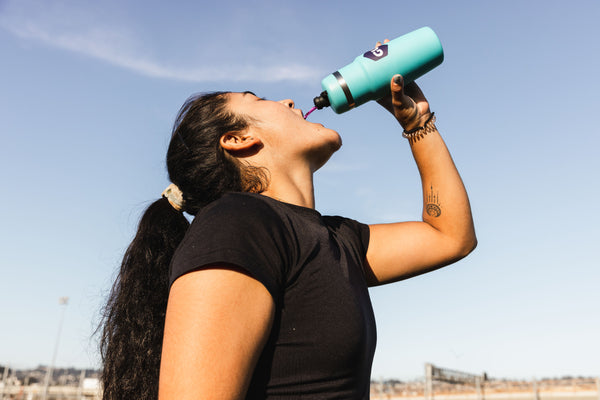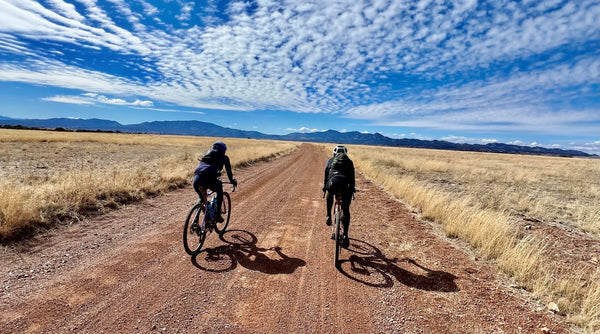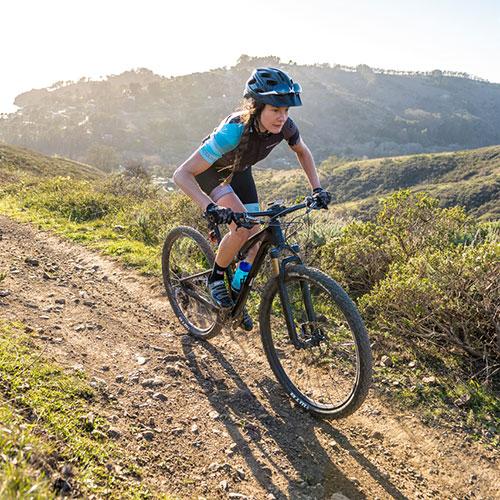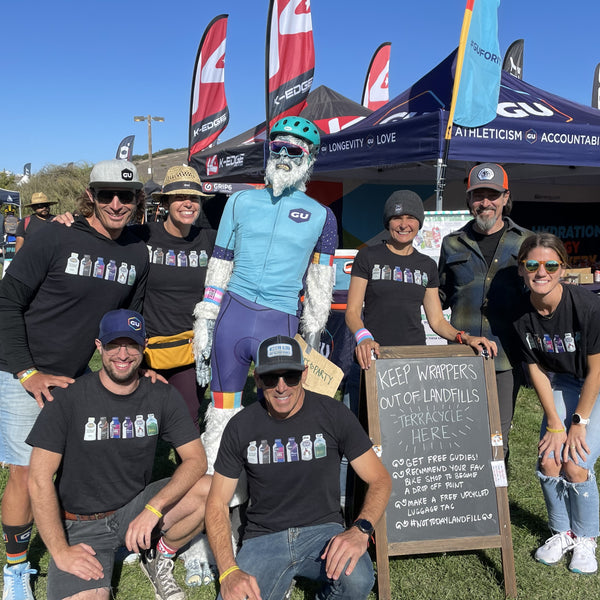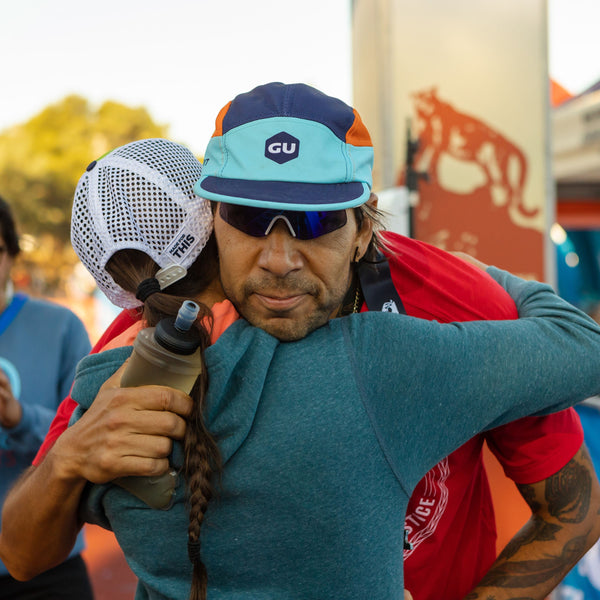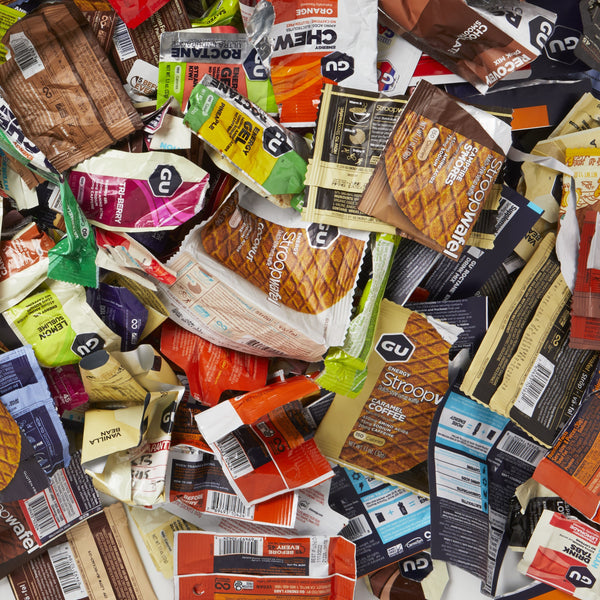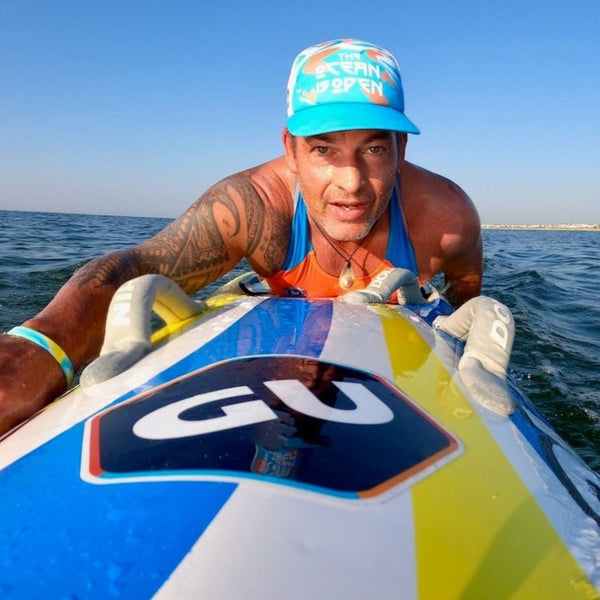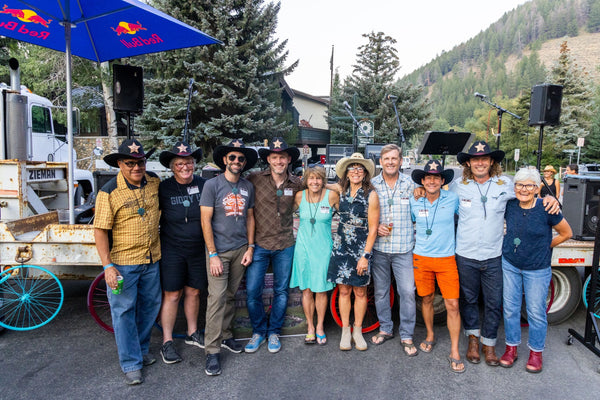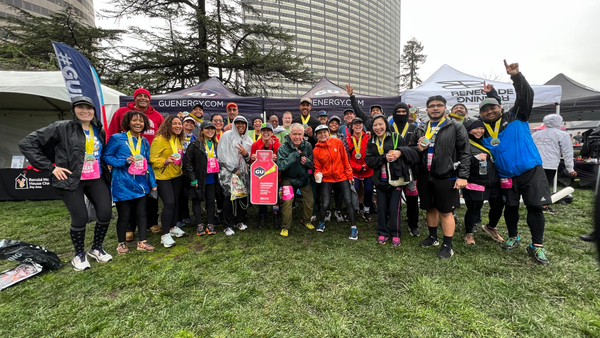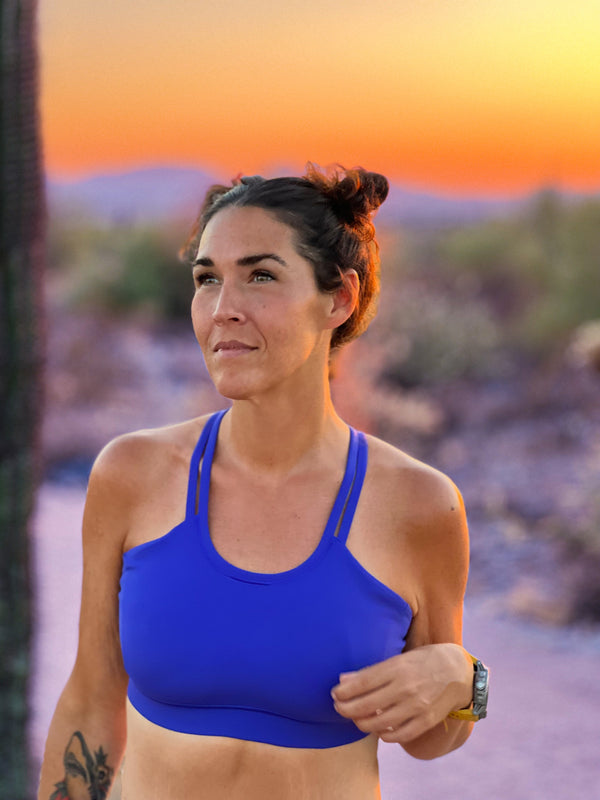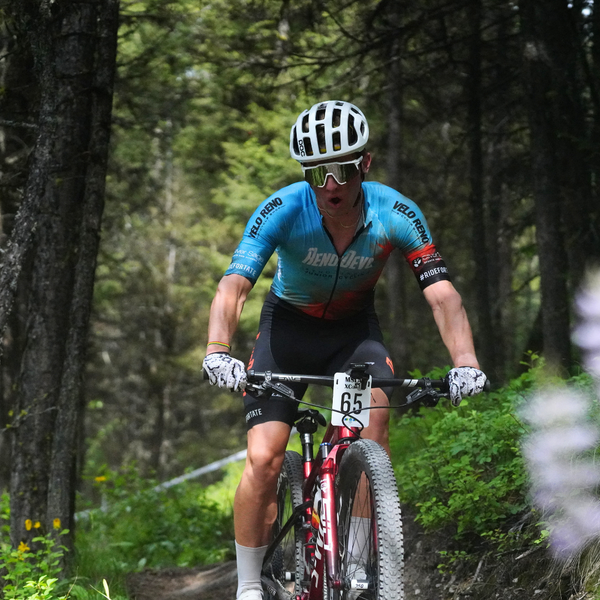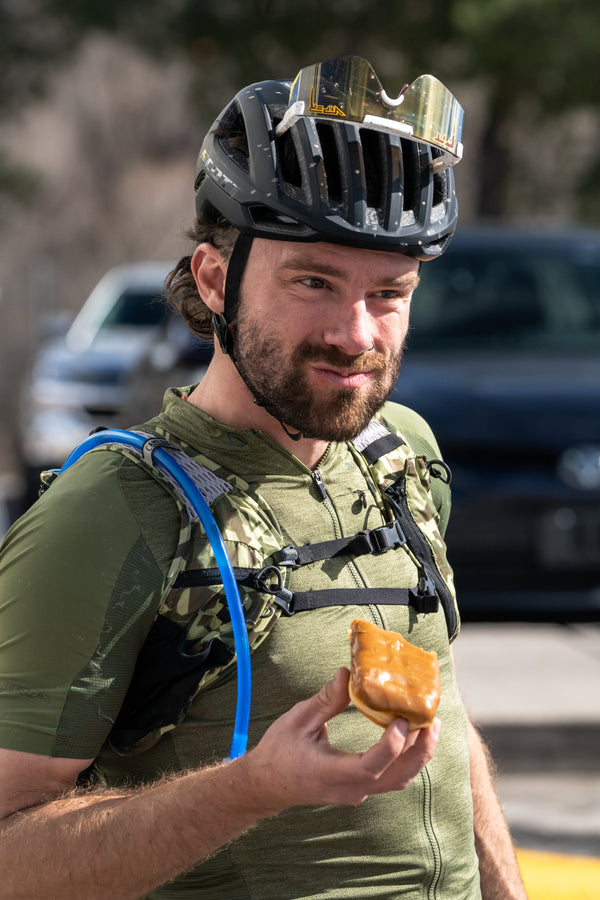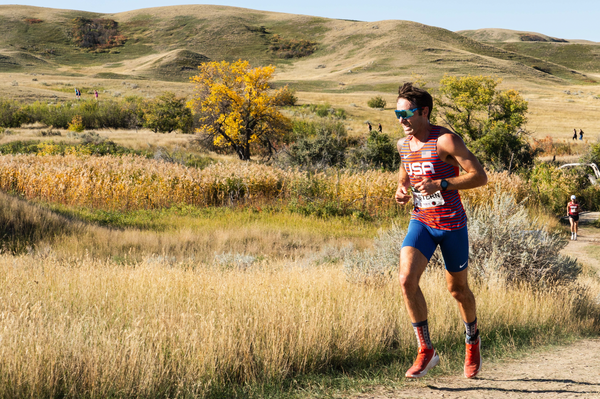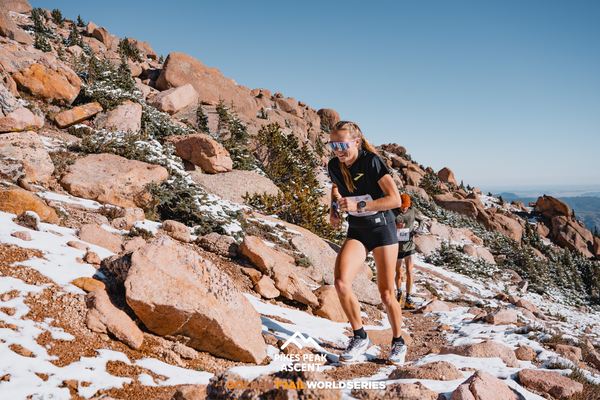No doubt about it, Magda Boulet is a beast. She juggles her job as VP of Innovation, Research, and Development at GU with being a mom and maintaining a demanding training regiment. All she’s done in the last three months is win The North Face Endurance Challenge 50 miler by 9 minutes, and win her first attempt at the 100K distance while qualifying for the prestigious Western States 100, all with a smile on her face. As impressive as that is, she’s no machine. She still needs carbs, calories, fluids and electrolytes like all athletes. Heck, Magda faces many of the issues with nutrition that the rest of us mere mortals do. Recently we sat down with Magda to get a race report and dispel the notion that she’s a robot.
JW: What was your nutrition plan for the Sean O’Brien 100k?
MB: Keep it as simple as possible since we couldn’t have a crew. When a race is overwhelming my strategy is always to control the controllable. How simple I could make my nutrition plan was what I was going to control. I did not want to get overwhelmed with counting my calories during the race, or carrying too much extra. I also wanted to enjoy 100k of beautiful Malibu Creek State Park trails so I took advantage of all 4 drop bag stations. Here’s how it looked in simple terms:
– 5 bottles of concentrated Roctane, each with 480 calories
– 12 aid stations total, fill up a bottle of water at each station
– Sip on the concentrated Roctane Drink, chased with a few ounces of water spread over each 13 mile stretch
I mostly nailed it, though I couldn’t locate my drop bag at station #3 at mile 36. Luckily I had an extra Lemon Tea Brew stick pack and a gel on me (ALWAYS carry extra). It was actually a blessing in disguise as the Lemon Tea Brew was a nice refreshing change from the Tropical Fruit Roctane Drink. Before the race I didn’t think I would need to alternate flavors, but I was wrong, some Lemon Lime would have been nice. Good lesson for next time!
JW: The SOB 100k was the longest race you’ve done by 12 miles, did you do anything significantly different with your nutrition plan?
MB: I treat each race differently because each race is unique, regardless of the distance. My nutrition strategy is always adjusted based on what is provided at aid stations or by a crew. At the SOB 100k crews were not allowed so I embraced the opportunity to use all four drop bags. Knowing this was going to be a great occasion to practice for Western States, I tried racing on Roctane Drink alone.
JW: Have you ever failed miserably with your fueling strategy? If so, how did you cope with it?
MB: Yes, I’ve absolutely failed. During my first 50 mile race at Northface last year I was fearful of running out of hydration so I started with a 2 liter hydration vest which was way too heavy to run at my goal pace on such hilly terrain. I wasn’t happy with my choice even though it worked well in training. By the time I reached my crew at mile 13 I had to switch to handheld bottles. There’s a goal for each race, but sometimes it means trying something new in preparation for a more important race down the road. It’s all about trial and error.
JW: Is there any difference in fueling strategies between elite athletes like yourself and the so-called weekend warriors?
MB: Everyone can benefit from fueling properly during training and racing no matter how competitive you are. Having said that, I feel there is more room for flexibility in your nutritional strategy if you are not trying to race. That’s because at harder efforts, blood must go to working muscles instead of digestion. Some athletes show up to win, some to get a PR, and some to simply complete the distance. All three are great goals, and a sound nutrition plan will absolutely make the experience more enjoyable.

